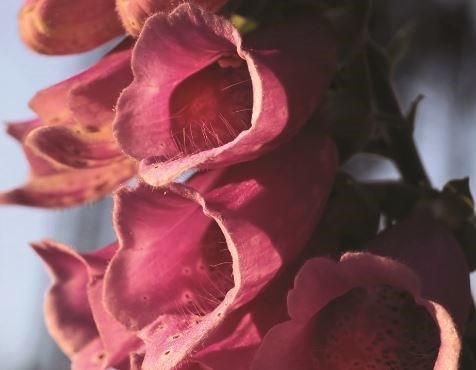These days Halloween characters look more like a Hollywood zombie set — but the central theme is one any long-ago pagan would recognize: on this night the dead walk again (at least symbolically) and spirits roam freely.
Hemp (aka marijuana) is one of these. It was one of the ingredients in the “flying ointment” said to be used by witches to give the illusion of levitation. It was also reputed to assist visions for psychics. But it had another life for many thousands of years as a source of food from its seeds, as a sedative and pain-reliever, and as a fibre. In more recent times, its narcotic properties overshadowed its more practical uses.
Another “flying” ingredient is aconitum. Today this is still used (in very minute doses) as a pain-killer in alternative medicine. It’s valued for its beauty and slug-resistance as a garden plant but is also hugely poisonous. Used as wolf poison for many years, aconitum should be treated with gloved hands and the utmost care.
Yet another flying ingredient is foxglove (digitalis), which produces the heart stimulant digoxin. One ancient name for the plant is “Witches Thimbles.” Tall and eye-catching with pink or white bell-flowers, it will grow in deep shade, flower for weeks.



